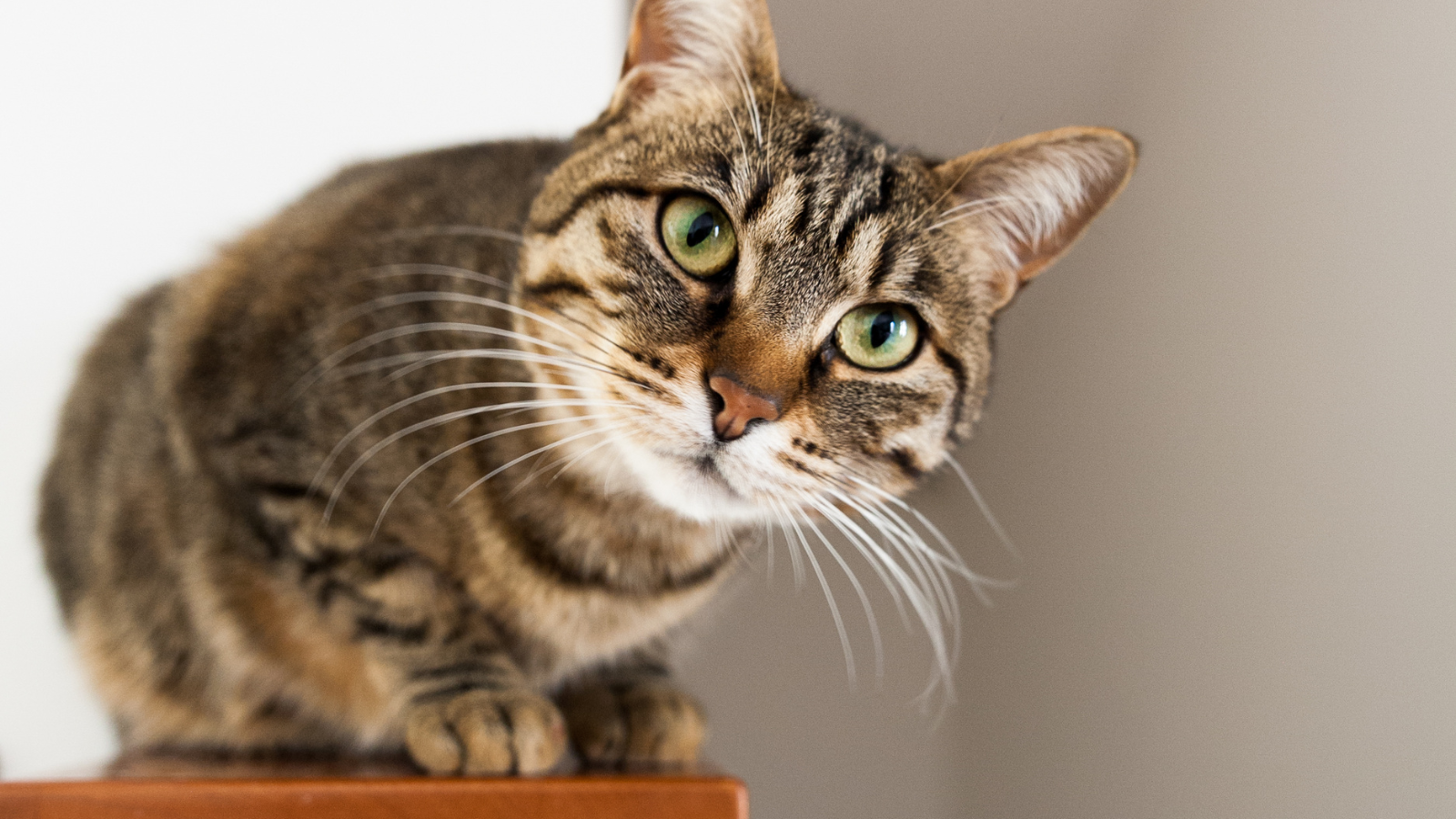Microchipping is a reliable, affordable way to protect your pet, but there’s still plenty of confusion surrounding what it does and how microchips work. At Happy Valley Pet Hospital, we have heard concerns that stem from outdated or misleading information. If you’re unsure about whether microchipping is right for your pet, here are five common myths about pet microchips debunked with the facts.
Myth #1: Pet Microchips Are GPS Trackers
Fact: Microchips do not provide real-time location tracking. They are passive devices that store a unique identification number. When your pet is found and scanned, the chip’s number links to your contact info stored in an online registry.
While microchips can’t locate your pet, they dramatically increase the odds of reunion when your pet is brought to a vet or animal shelter.
Myth #2: My Pet’s Microchip Stores My Personal Information
Fact: The pet microchip only contains a number. It does not store your name, address, or contact info. That information lives in a separate, secure database. When scanned, the number leads animal care professionals to your registered account.
Your personal data is protected and can only be accessed by authorized personnel.
Myth #3: Microchipping Is Pain-Free
Fact: While microchipping is a quick procedure, it’s not entirely painless. The needle used is larger than a standard vaccination needle, which means your pet will feel a sharp pinch or brief discomfort. Getting your pet microchipped is still absolutely worth this momentary pain.
If your pet is scheduled for a procedure involving anesthesia—like a spay, neuter, or dental cleaning—you can request to have the microchip placed at the same time to eliminate any pain during the injection.
Myth #4: Collars and ID Tags Are Better Than A Microchip
Fact: Collars and tags are important, but not foolproof. They can break, fall off, or be removed. What if your pet runs out of your home without their collar even on? A microchip stays with your pet permanently and can’t be altered or lost.
Use both. A collar offers a quick visual ID for anyone who finds your pet. A microchip serves as a secure backup that works even if the collar is missing.
Myth #5: My Cat Stays Indoors So They Don’t Need a Microchip
Fact: Indoor pets are not immune to getting lost. A door left open, a visitor unaware of your routines, or a natural disaster can send even an indoor cat running out into unfamiliar territory. If they have never been outside before, they are less equipped to navigate outdoor dangers.
If your indoor cat escapes and has no microchip or collar, there’s no way for a shelter or veterinarian to identify you as their owner.
Protect Your Pet with One Simple Microchip
Don’t let myths prevent you from taking one of the most effective steps in pet protection. Microchips aren’t a solution to everything, but they do provide critical, permanent ID when it matters most. At Happy Valley Pet Hospital, we make the pet microchipping process easy and clear for cats and dogs in Campbell, CA, or nearby areas like Los Gatos or Saratoga. Book an appointment to have your pet microchipped with us.


